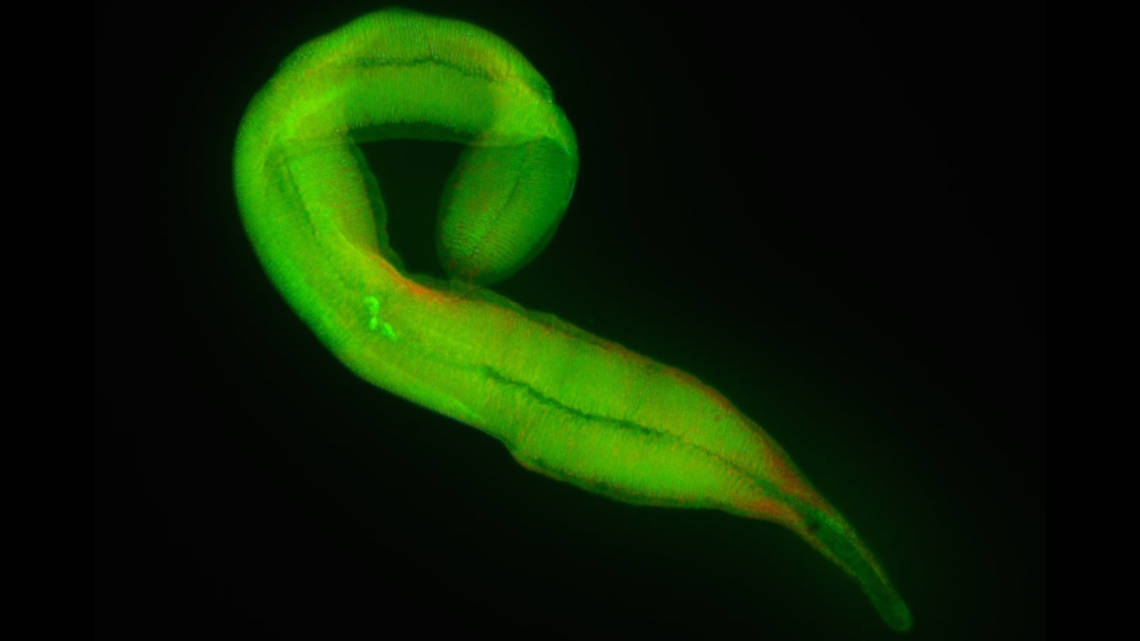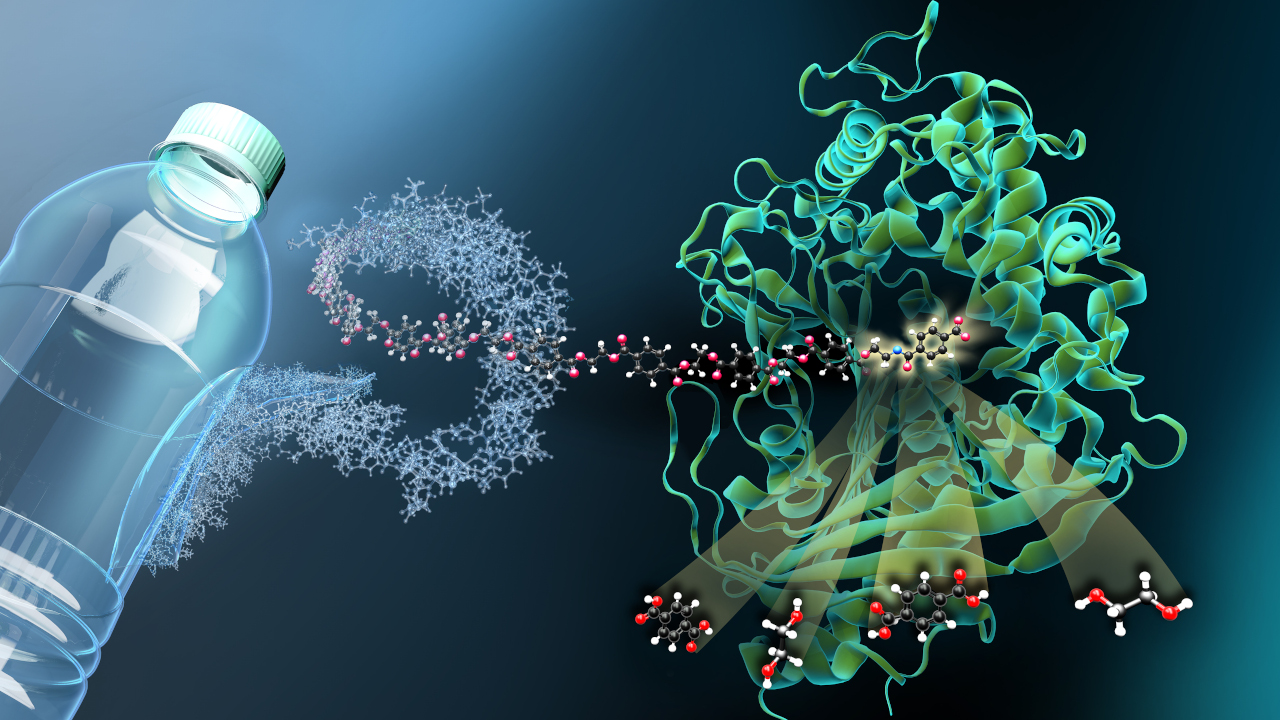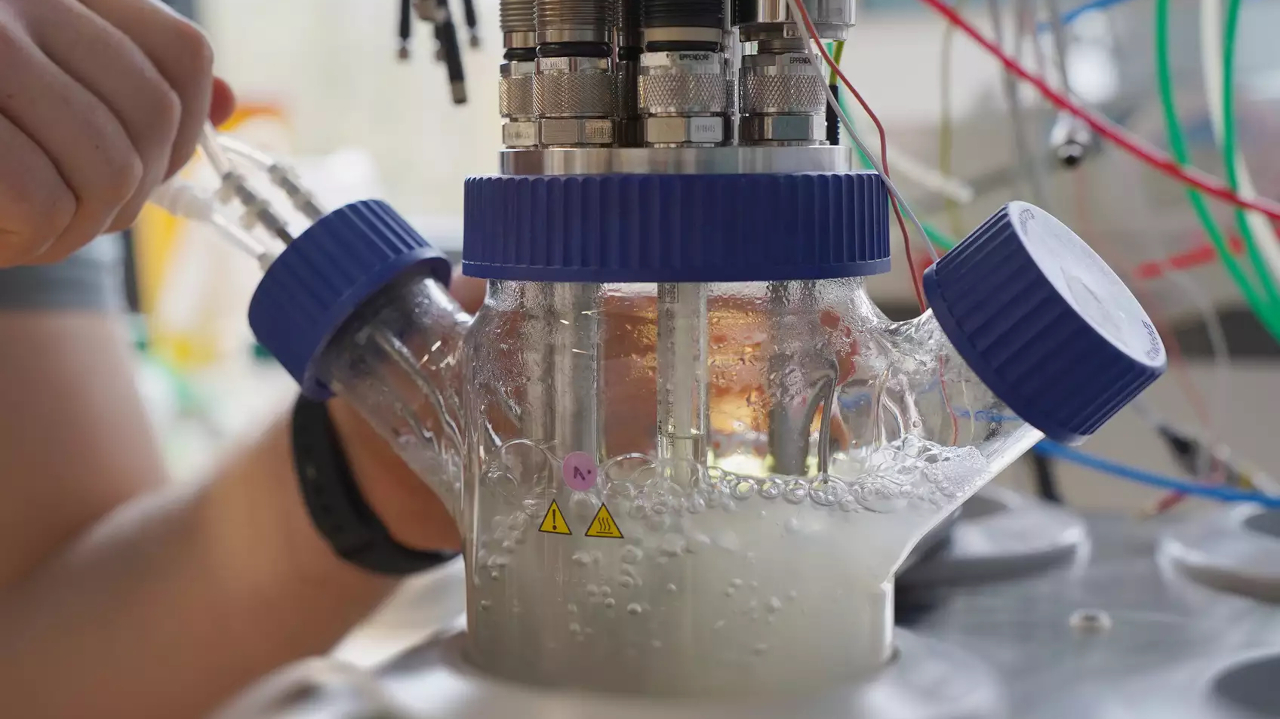Upcycling by bacterial symbiont
Bremen microbiologists have researched bacteria in ciliates that live in close symbiosis with their host and perform unusual metabolic functions.

Carbon dioxide forms the basis for many organisms to produce carbon compounds through their metabolism. Plants and certain bacteria use photosynthesis, other bacteria use chemosynthesis. However, animals do not possess this ability and have therefore formed symbioses with protozoa. The bacterium Kentron has also been regarded as a chemosynthetic symbiont of the ciliate Kentrophoros. However, the truth is much more interesting, as researchers from the Max Planck Institute for Marine Microbiology and international colleagues report in the scientific journal "mBio".
Incapable of fixating carbon dioxide
"Contrary to our expectations, we couldn’t find any of the known genes for the fixation of CO2," reports first author Brandon Seah. "From their genes, it seems that Kentron uses small organic compounds and turns those into biomass," explains Nicole Dubilier, director at the Max Planck Institute for Marine Microbiology and lead author of the study. "In this sense, Kentron is upcycling the garbage. It most probably recycles waste products from the environment and from their hosts into ‘higher value’ biomass to feed their hosts." The host, the ciliate, is so dependent on its symbiote that it no longer even has a mouth.
Clear difference to other symbionts
Isotope analyses of the bacterium's proteins confirmed what the genes suggested: Kentron's stable isotope fingerprint differs greatly from that of other chemosynthetic symbionts. "This clearly shows that Kentron is getting its carbon differently than other symbionts," says Seah. The researchers will now investigate the advantages and disadvantages of this strategy for the bacterium.
Consequences for models of the carbon cycle
However, the discovery could already have far-reaching consequences: "Uptake of organic substrates from the environment and recycling waste from their hosts might play a bigger role in these symbioses than previously thought," concludes co-author Harald Gruber-Vodicka of the Max Planck Institute for Marine Microbiology. It might therefore be necessary to adapt the ecological models of the carbon cycle.
bl/um


